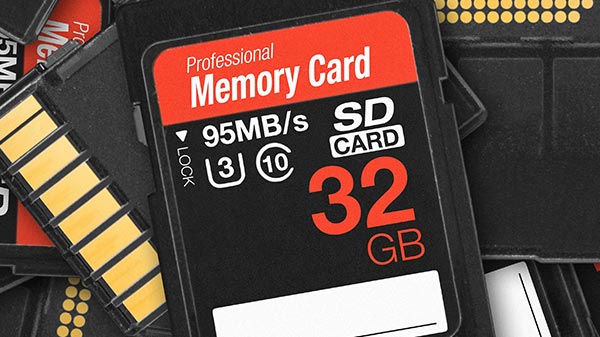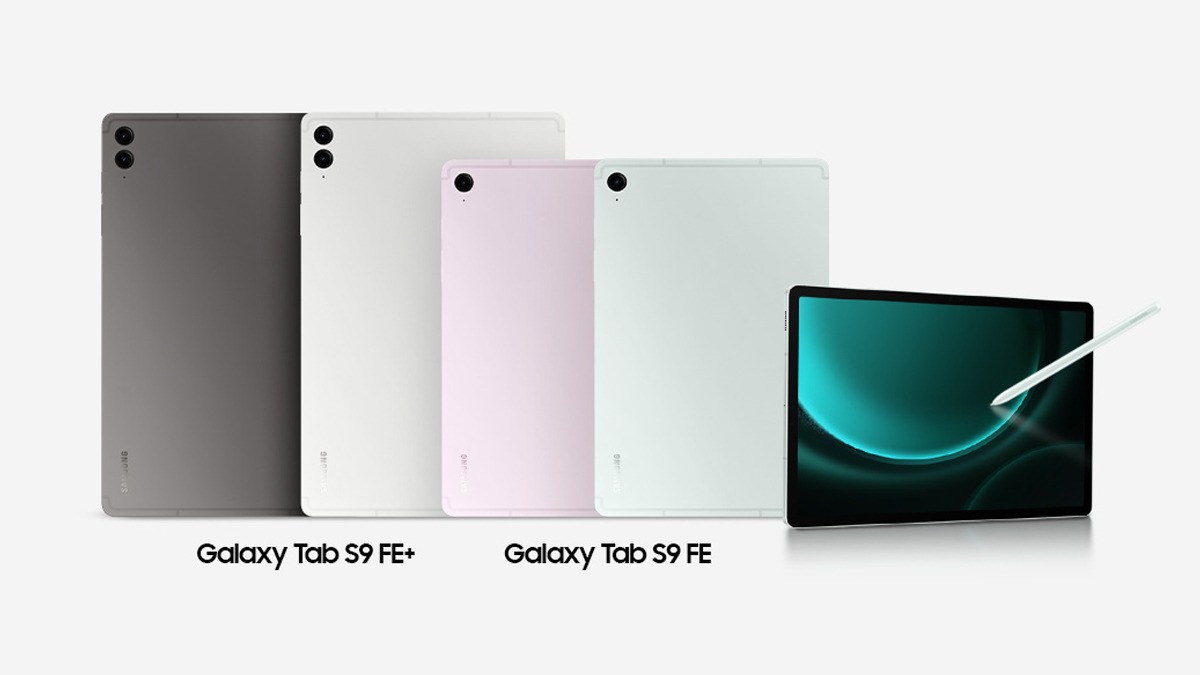Just In
- 7 hrs ago

- 7 hrs ago

- 8 hrs ago

- 9 hrs ago

Don't Miss
- Sports
 Jos Buttler Channels Inner MS Dhoni, Virat Kohli to Lead Rajasthan Royals in Record-Breaking IPL 2024 Run Chase Against KKR
Jos Buttler Channels Inner MS Dhoni, Virat Kohli to Lead Rajasthan Royals in Record-Breaking IPL 2024 Run Chase Against KKR - Lifestyle
 Dr Sarvepalli Radhakrishnan Death Anniversary: Profound And Inspiring Quotes For Students
Dr Sarvepalli Radhakrishnan Death Anniversary: Profound And Inspiring Quotes For Students - Finance
 Rs 7/Share Dividend: May 3 Fixed As Record Date; Buy The Large Cap Stock To Be Eligible?
Rs 7/Share Dividend: May 3 Fixed As Record Date; Buy The Large Cap Stock To Be Eligible? - Movies
 Bade Miyan Chote Miyan Vs Maidaan Box Office Collection Day 6: Akshay Kumar BEATS Ajay Devgn. Margin Is...
Bade Miyan Chote Miyan Vs Maidaan Box Office Collection Day 6: Akshay Kumar BEATS Ajay Devgn. Margin Is... - News
 UAE Weather Report: Floods Hit Dubai, 18 Dead; Govt. Shuts Schools, Colleges
UAE Weather Report: Floods Hit Dubai, 18 Dead; Govt. Shuts Schools, Colleges - Education
 UPSC Success Story: An IITian, A Government Job Holder at Railways, Quit the Job and Emerged as an IAS
UPSC Success Story: An IITian, A Government Job Holder at Railways, Quit the Job and Emerged as an IAS - Automobiles
 Jeep Compass Gets More Powerful 268.3bhp Turbo Petrol Engine – Check Out All The Details Here
Jeep Compass Gets More Powerful 268.3bhp Turbo Petrol Engine – Check Out All The Details Here - Travel
 From Coconut Breaking on Head to Men Dressing as Women: 12 Unique Indian Rituals Explored
From Coconut Breaking on Head to Men Dressing as Women: 12 Unique Indian Rituals Explored
Here's how UFS Cards and SD Cards are different from each other
Have you ever tried learning about the difference between UFS and SD cards? If Not then you must read this interesting differences.
There is a sigh of relief and contentment that you let out just after you upgrade to a bigger storage system. Whether it’s a phone with more memory capabilities or a bigger hard disk, the moment you realize that you do not have to put up with the pain of reading messages that ask you to delete a few items to free up some space is one that is topic that brings a lot of contentment.

The big wigs of the industry, in an effort to capitalize on this, continue to make strides when it comes to increasing storage capabilities for smartphones. UFS (Universal Flash Storage) memory is the newest achievement when it comes to storage. Before delving further into the minutiae of this, a little bit of history on SD cards and what it evolved from will give us more insight into understanding this.

SD cards
During the dawn of the millennium, with the goal of making a united standard for memory cards across companies and devices all over the industry, the SD Association was formed, it's members included about 1000 companies.
Before the SD card technology became popular, technologies like CompactFlash, MemoryStick, MultiMediaCard and xD card technology were in use. The original SD card evolved from MultiMediaCard (MMC). The SD card has undergone further changes, it shrunk to mini-SD card format (2003) and then micro-SD card format (2005).
While SD cards became the standard for external memory cards, eMMC (Electronic MultiMedia Card) became the standard across the industry for the internal storage system. This system also evolved from the MMC technology, similar to SD cards.
But SD cards and eMMCs are both half-duplex technologies, this means they cannot read and write to the storage at the same time, they can only do one of the two.


UFS
The UFS technology is a full-duplex technology which allows writing and reading data to the storage at the same time. Samsung has incorporated the UFS technology into their internal memory system in a few phones and got rid of eMMC.
UFS card
Samsung launched UFS memory cards invariants of 32, 64, 128 and 256 Gigabytes. The prominent advantages of this system are:
1) Faster Memory
Samsung's UFS card offers read speeds going up to 530 MB/s. This is much faster than the reading speed of an SD card, a Full-HD movie which would take up to 50 seconds to copy on an SD card would take just 10 in a UFS card.
Write speeds can reach up to 170 MB/s, that's twice as fast as the microSDs that are used by professionals.
2) Battery life
The power requirements of a UFS card is much lower than that of an SD card, a UFS card can function on half the power that is consumed by an SD card.
3) Portable App Storage
The removable external memory and the higher transfer speeds make moving apps much easier and this provides much more flexibility when compared to SD cards.

Conclusion
UFS being a full-duplex technology while SD card remaining half-duplex has set them in different leagues when it comes to speed.
While UFS cards have much better speeds and a better utilization of battery, the SD cards are more popular and preferred by vendors as well, this has led to a slower pace for the adoption of this technology. The pin configuration of UFS and SD card is different as well.
So, while UFS is clearly superior, it is not that readily available as SD cards. This causes a lot of hiccups when it comes to the availability of the tech.
-
99,999
-
1,29,999
-
69,999
-
41,999
-
64,999
-
99,999
-
29,999
-
63,999
-
39,999
-
1,56,900
-
79,900
-
1,39,900
-
1,29,900
-
65,900
-
1,56,900
-
1,30,990
-
76,990
-
16,499
-
30,700
-
12,999
-
3,999
-
2,500
-
3,599
-
8,893
-
13,999
-
32,999
-
9,990
-
12,999
-
25,377
-
23,490












































